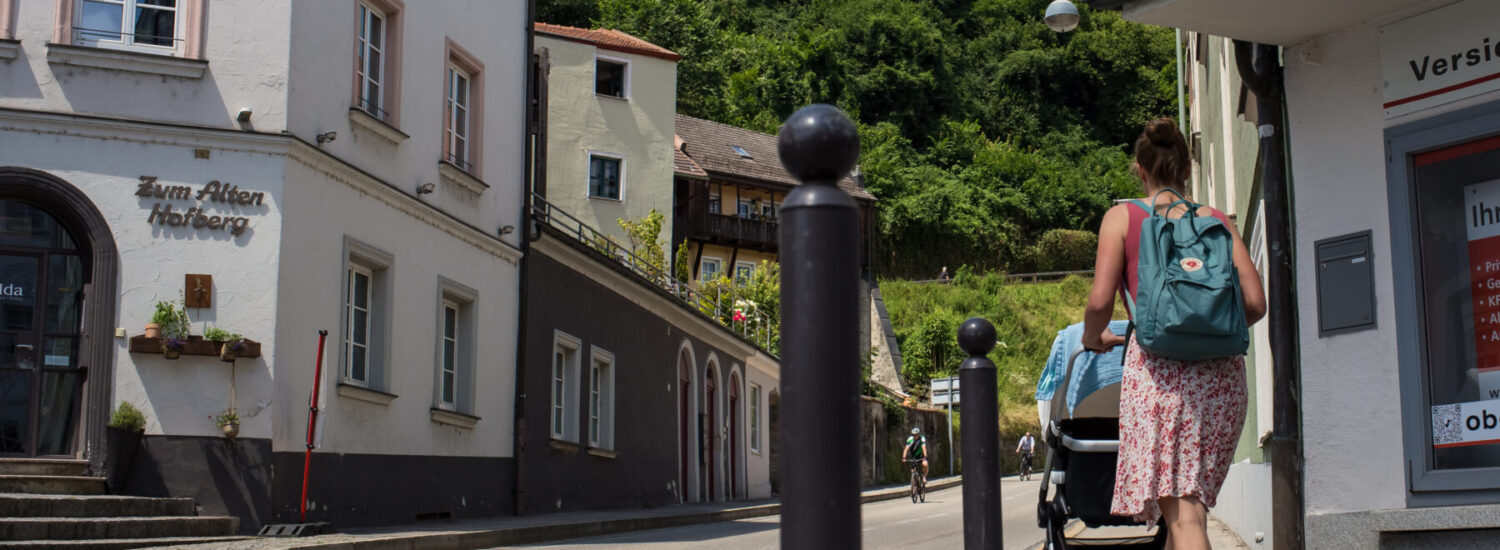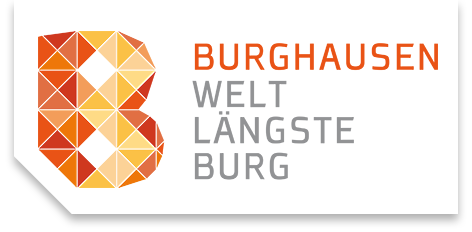
The city of Burghausen has defined the following guiding principle as part of its sustainability concept for the field of mobility:
“We understand mobility as a basic need of a modern society and are committed to innovative, ecological and social mobility concepts and alternatives. The city of Burghausen intends to reduce motorized private transport in the city and to make public transport and cycling more attractive. The points described here should not be considered individually. Sustainable mobility can only be achieved if the various measures are interlinked and the joint pursuit of goals is pursued.”
The guiding principle gives rise to concrete goals and visions that Burghausen would like to implement:
"We want to reduce CO2 emissions from traffic by 2030% by 40 (according to the decision of the Federal Government, amendment of the Climate Protection Act). In order to achieve this goal, the city is investing in infrastructure for bicycles, public transport and e-mobility so that car journeys are reduced and attractive alternatives are created.”
The city of Burghausen has defined six areas for the field of mobility. These include:
- Mobility concept of the city of Burghausen
- Cycle traffic concept – make Burghausen a cycling city
- Expand public transport – expand public transport as the backbone of mobility
- Mobility stations - networking of different forms of mobility
- Make motorized traffic compatible with the city
- Efficient design of commercial and goods traffic
The mobility concept of the city of Burghausen initially focuses on calming traffic in the city and increasing the number of signposts for trucks and through traffic. In 2025, a bridge for pedestrians and cyclists will connect the Burghausen train station with the Baywa industrial park. The project is managed by the Burghauser Civil Engineering Office.
In order to develop into a bicycle city, the city is planning to expand the cycle path from Marienberger Straße to Berliner Platz. A crossing aid will be built on Anton-Riemerschmid-Straße in 2023. The city is promptly optimizing the cycle path surface between the old town of Burghausen and Raitenhaslach. In addition, the civil engineering office is examining the feasibility of a cycle path on the Ludwigsberg.
The expansion of local public transport (ÖPNV) includes a variety of measures: the city wants to promote the "Where to do you want app" and inform the residents of Burghausen what the app offers. The app is also to be equipped with additional functions and information.
The city's public relations work is relaunching the city's mobility flyer. After the test phase for the dial-a-bus, which will be set up in 2022, the city wants to make the forms of use for the dial-a-bus more flexible and expand them. A tighter frequency of bus line 1, which has so far run every 30 minutes, is also being tested. The possibility of offering the city bus free of charge is also part of the goal of expanding public transport as the backbone of mobility in Burghausen.
The city of Burghausen is striving to network various forms of mobility: For example, it is converting the bus stops in the city area to digital. In addition to solar panels, passengers should find the timetable information in digital form.
Car-sharing offers in residential areas and the old town as well as the possibility to rent a bike are intended to promote sustainable mobility in Burghausen. The city wants to promote the number of bicycle parking spaces as well as the range of service stations. Here cyclists will find patch kits and air pumps.
In order to make traffic compatible with the city, the city council wants to discuss parking space management in 2023.
Additional parking options on the outskirts of the city, for example at the train station or at the tax office car park in the old town, are also on the agenda. The city has set itself a time frame up to 2025.
For the efficient design of commercial and freight traffic, Reallabor GmbH is examining the construction of a hydrogen filling station and the development of needs-based logistics for hydrogen.

